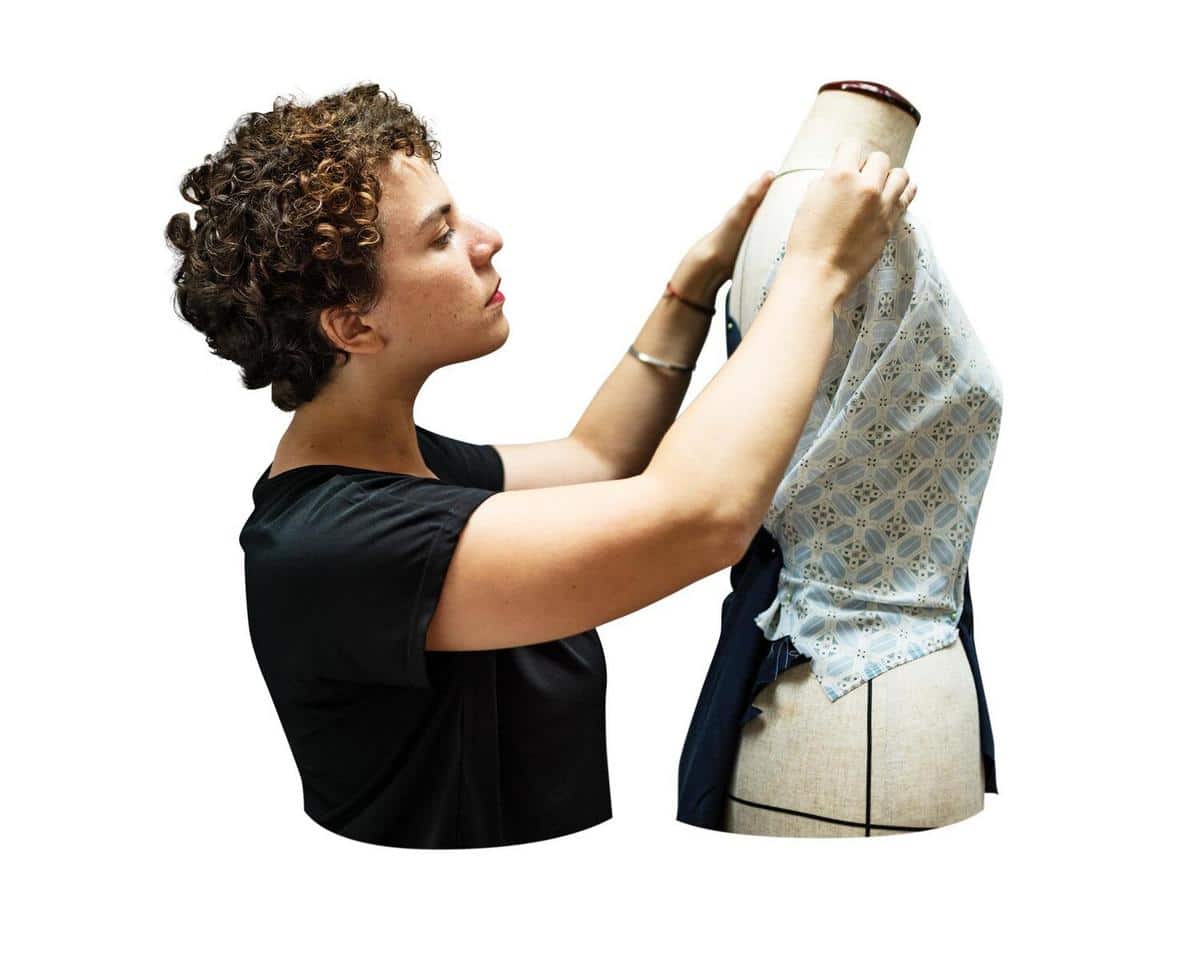
3D Printing and Its Influence on Modern Fashion
3D printing is revolutionizing the fashion industry, transforming how designers conceptualize, create, and produce garments. This innovative technology is not just a futuristic fantasy; it is a present-day reality reshaping the very fabric of fashion.
The Intersection of 3D Printing and Fashion
The fusion of 3D printing and fashion is a natural progression as technology advances. Leveraging this cutting-edge technology, designers are pushing the boundaries of creativity, crafting intricate designs that were once deemed impossible with traditional methods.
Expert Opinions on 3D Printing in Fashion
Industry leaders like Francis Bitonti, a pioneer in computational design, have emphasized the transformative potential of 3D printing. Bitonti notes, ‘3D printing allows us to experiment with structures and materials in ways that were previously unimaginable, offering a new perspective on garment creation.’
Impact on Sustainability
3D printing’s influence on sustainability is profound. According to a report by the World Economic Forum, 3D printing can reduce material waste by up to 70%. This statistic underscores the technology’s capacity to minimize fashion’s environmental impact, making it a promising tool for a more sustainable future.
Case Studies: Real-World Applications
One notable example is the use of 3D printing by fashion designer Iris van Herpen, renowned for her avant-garde creations. Her work showcases how 3D-printed textiles can be used to create complex, wearable art.
Actionable Tips for Designers
- Start small by experimenting with 3D-printed accessories before tackling full garments.
- Collaborate with technology experts to understand the nuances of 3D printing.
- Stay updated with the latest advancements by joining fashion tech communities.
Comparison Table: Traditional vs. 3D Printing in Fashion
| Aspect | Traditional Methods | 3D Printing |
|---|---|---|
| Material Waste | High | Low |
| Customization | Limited | Extensive |
| Production Speed | Slower | Faster |
| Cost | Variable | Potentially lower in the long run |
| Design Complexity | Restricted | Highly intricate |
| Environmental Impact | Higher | Lower |
| Durability | Standard | Varies with materials |
| Innovation | Conventional | Cutting-edge |
Frequently Asked Questions
Is 3D printing in fashion cost-effective?
While initial setup costs can be high, 3D printing often leads to savings in material costs and waste reduction, making it cost-effective in the long term.
What materials are used in 3D printing for fashion?
Common materials include plastics like PLA and ABS, as well as more innovative materials like flexible filaments and even metal powders for specific applications.
Can 3D-printed garments be worn comfortably?
Yes, advancements in materials have allowed for the creation of flexible and comfortable garments suitable for everyday wear.
Conclusion: Embracing the Future of Fashion
As 3D printing continues to evolve, its role in fashion becomes increasingly significant. By adopting this technology, designers can explore new creative horizons while contributing to a more sustainable industry. Whether you’re a seasoned designer or a fashion enthusiast, staying informed about these advancements is essential to navigating the future of fashion.